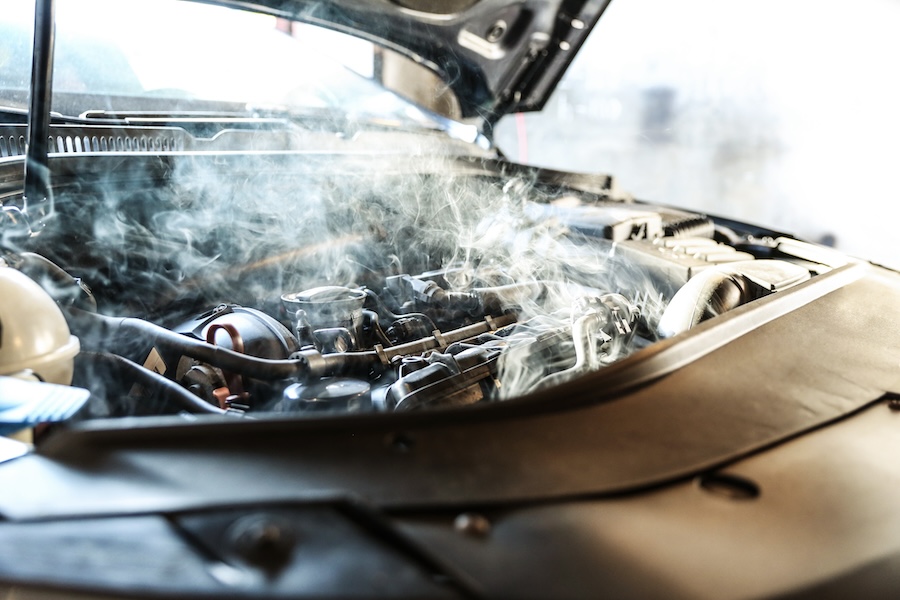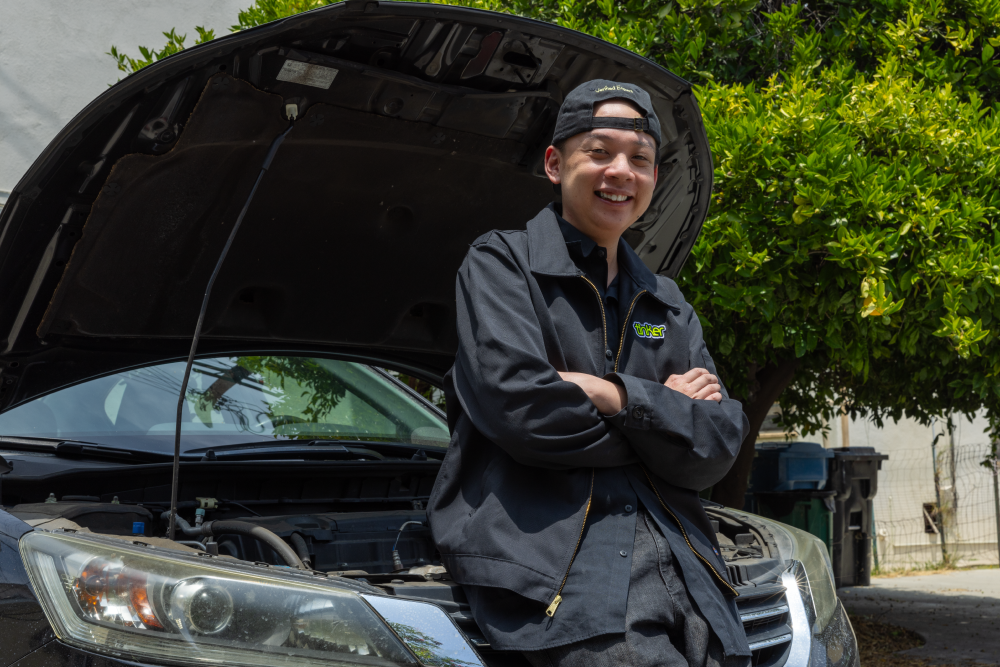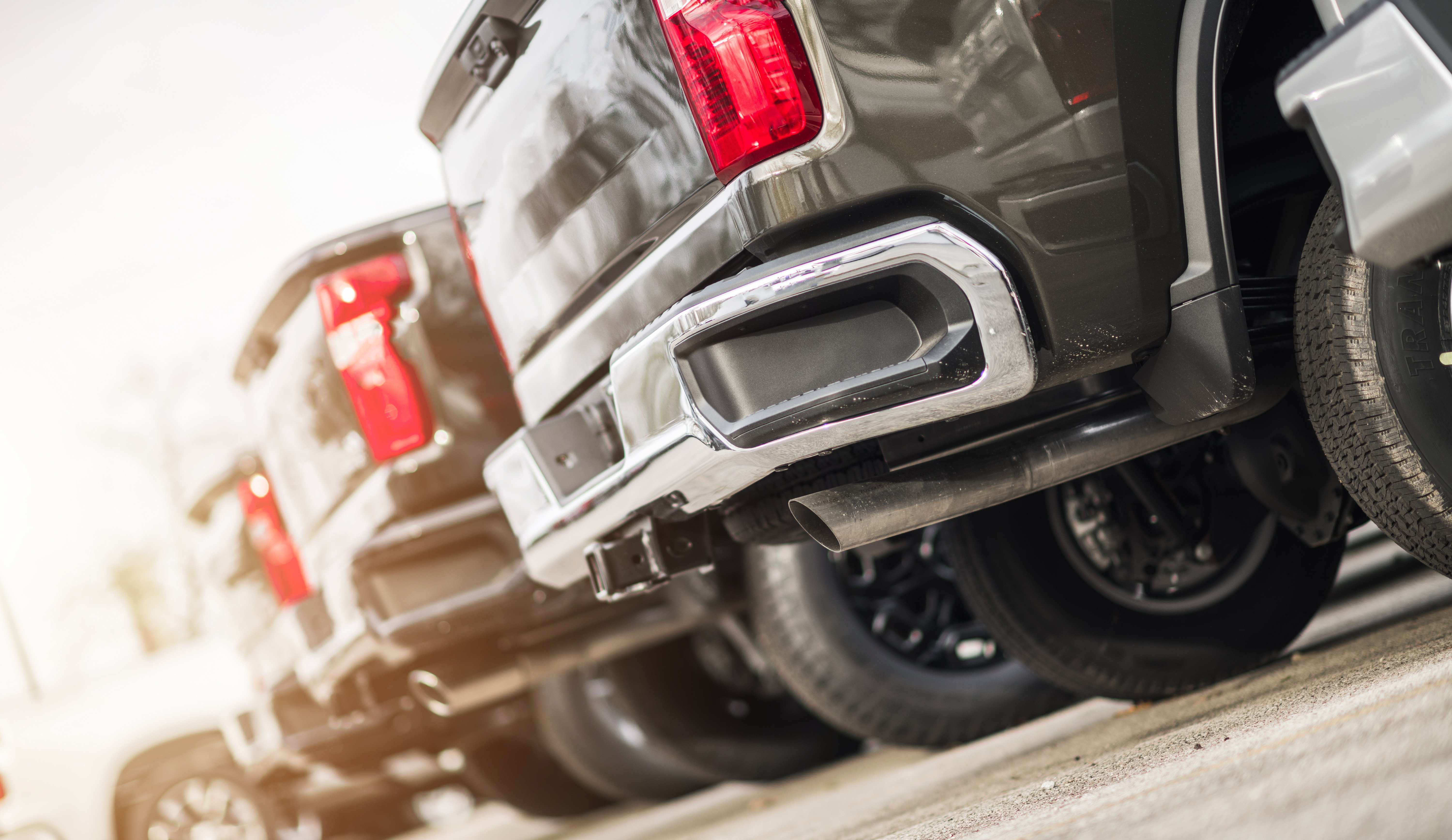Your car's cooling system is designed to regulate the temperature of the engine and ensure that it runs at an optimal temperature for performance and efficiency, usually between 190-220 degrees Fahrenheit.
If your car’s engine is overheating, it can lead to serious engine damage if not addressed promptly, including a blown head gasket, warped cylinder heads and more. These are expensive, time-consuming repairs, so when overheating occurs it’s critical to pinpoint the issue quickly before it escalates.
Overheating can be caused by a number of issues, from a lack of coolant to a stuck thermostat. Fortunately, these problems are easy DIY jobs and a Tinker expert is available to double-check what you think you see and to help guide your efforts during the repair.
In this blog we’ll explore three common reasons why your car’s engine might be overheating and provide practical steps to address each issue.

Important Safety Tips
Before you begin, while working on your car's cooling system can be a straightforward task, it’s very important to take the proper safety precautions.
- Let the engine cool down: Never open the radiator cap or loosen the clamp on a coolant hose when the engine is hot.Under normal operating conditions, your car’s engine coolant (sometimes called antifreeze) is about 200 degrees Fahrenheit and under extreme pressure. Releasing that pressure is extremely dangerous; hot coolant can spray out, causing burns or other injuries. Always allow the engine to cool down for an hour or two before you investigate overheating or begin a repair.
- Protect yourself: Always wear gloves and safety glasses when working with engine coolant. It’s toxic and can harm your skin and eyes.
- Handle coolant responsibly: Keep coolant away from children and pets. Clean up spills immediately and dispose of old coolant properly by taking it to an auto parts store or waste facility that accepts it.
Here are 3 Common Reasons Your Engine Might Be Running Too Hot
1. Not Enough Coolant
Over time, your car’s coolant level can get low due to small leaks or evaporation, causing the engine to run hot. Topping it off is easy, but some engines require a specific formulation so always check your owner’s manual for the correct type of coolant to use.
If your coolant level keeps dropping, you probably have a leak. Do you see drips or small puddles collecting under the car? They may be green, orange or pink in color, depending on the type of coolant your car uses. You might also notice a sweet smell around the engine, especially when it’s warm.
To track down the source of the leak, inspect the hoses connecting the cooling system. The rubber of old hoses hardens and cracks over time, but the problem could be as simple as a loose hose clamp. Replace any leaky hoses with fresh factory parts.
Also check the radiator for dampness or crusty residue, especially around the seams. Minor cracks can be temporarily fixed with sealant, but replacing the radiator is usually the best long-term solution.
Don’t overlook the radiator cap, which maintains the pressure needed for the cooling system to work properly. A cap that no longer seals tightly can cause coolant loss and overheating. Just be sure to buy the correct cap for your vehicle. Check your owner’s manual for that information.
.jpeg?width=438&height=292&name=AdobeStock_283568127%20(1).jpeg)
2. Fan Problems
If your car’s electric radiator fan isn’t functioning properly, your engine can quickly get too hot. To test the fan, let the car idle until the engine warms up. When the coolant approaches 200-215°F, the fan should kick on. If not, a blown fuse could be the cause, which is a very easy fix:
- Locate the fuse box in your vehicle. Your owner’s manual will show the location of the fuse box and which fuse controls the radiator fan.

- Inspect the fuse to see if it's blown. A blown fuse will have a broken metal filament inside or show visible signs of damage.
- If the fuse is blown, replace it with one of identical amperage.
- Stuck Thermostat
The thermostat regulates the flow of coolant through the system. It opens when the engine gets hot, cooling things down. But if it gets stuck in the closed position, coolant stops circulating, and the engine starts to cook.

To diagnose a stuck thermostat, let your engine come up to operating temperature and then carefully touch the upper radiator hose. If it isn’t warm, coolant isn't moving through the system, and the thermostat may not be opening.
Fortunately, replacing a thermostat is a relatively simple DIY job that requires only common hand tools. It involves draining some coolant, removing the bolts that secure the thermostat housing and installing the new part with a fresh gasket. Be sure to note the orientation of the old thermostat for proper installation of the new one. Use a torque wrench to secure the bolts of the thermostat housing to the manufacturer's specifications and don’t forget to top off the coolant level.
Finally, start the engine, check for proper operation (once the engine warms up, the upper radiator hose should be warm) and ensure no leaks are present.
If these tips don’t solve your overheating issue, or for more helpful automotive DIY advice, speak to one of our Tinker Experts today!




